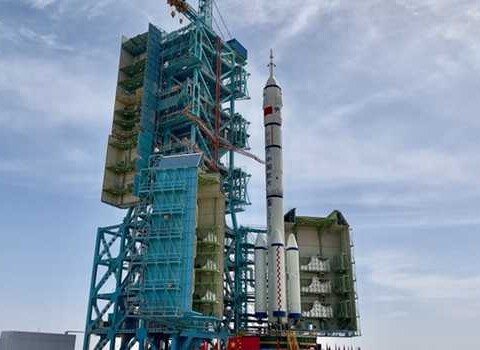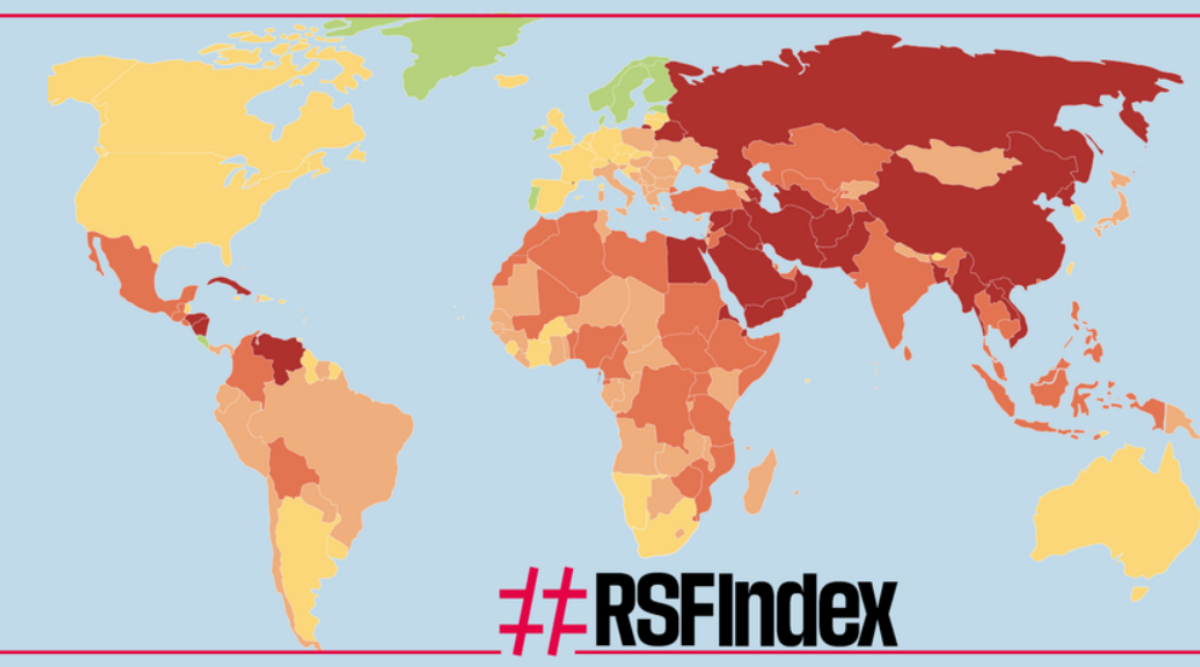Imtiyaz Wani

The 4o day harshest part of the winter Chilia Kalan has passed without snow or rainfall in Kashmir, even the day temperature has seen constant rise that many have been thinking whether snow will give miss to Kashmir this winter, though some snow was witnessed in the last week of December and first week of January. Currently even the higher reaches of Kashmir that used to witness a massive snowfall have very less snow that is causing worries among the people and the environmental experts.
The Meteorology Department considers 26 cm of snowfall in the winter as average for Kashmir but from past many years, the amount of snow received by the Valley has been declining, and many term it as a reason of global warming. Last year, Valley received good snowfall and that too on time. As per the MET department last year Kashmir had received more than 156 mm of snowfall in January alone. January is the coldest month in Kashmir with temperatures remaining below sub-zero levels and cold winds blowing. Last year heavy snowfall has coincided with the period of ‘chillai kalan’, the harshest 40-day period of winter in Kashmir, which begins on December 21 and lasts up to January 30. Night temperatures in this period drop up to -10 degrees Celsius in the plains, and up to -20 degrees in the upper reaches.
Last year after 26 years Valley had seen several spells of heavy snowfall in January. Though Kashmir had seen good snowfall in 2006 too, that time it had snowed in February and the snow didn’t last long, especially in the upper reaches of Kashmir, because of higher temperatures in that month. The sub-zero temperatures in January mean the snow has solidified this time, increasing its shelf life. Even in February there were more than two spells of good snowfall and almost all the peaks could covered with white sheet of snow.
As per the meteorological terms more than 7 cm of snow is considered as a good snowfall and till date Valley has not even received two cms of snow in January.
With chillai kalan over, does it means that there is no possibility of any more snow in the Valley, though the Metrological Department predicts the snowfall in coming weeks.
‘’Given to last year’s winter experience it can snow in the Valley between November and March, but it is the snowfall in December and January that lasts longer as it helps to recharge glaciers and water table in Valley,’’ says an environmental expert.

Even though famous tourist resort Gulmarg witnessed two spells of snow, however, compared to past the snow is very less. Even the upper peaks of Gulmarg has witnessed very less snow.
The 40-day period is considered a blessing from heaven for the agrarian valley. Apart from drawing tourists, including now foreigners to Gulmarg’s ski slopes, the snow helps recharge the state’s water-table and is good for its horticulture industry, including its apple and almond orchards. In the Valley people are eagerly waiting for the strong Western Disturbance winds and hope it will bring snowfall in Kashmir that will help to revive the old days of winter in Kashmir. ‘’Last year, Kashmir witnessed a good winter, this year Chilia Kalan is near to end and there is no snow. We hope the February will bring good snowfall and end the dry spell. But the uneven pattern shows that global warming has started showing its impact in Kashmir,’’ says Shabir Ahmad a resident living in Dal Lake.
A senior officer of the Met department, Mukhiar Ahmad said that many a times in the past Valley has witnessed very less snowfall in winter. ‘’There is a pattern that keeps on repeating after many years. This time also same is happening.’’ He however says that timely snowfall is always necessary for the Valley. ‘’Even snow received in February also helps to recharge water table.’’










